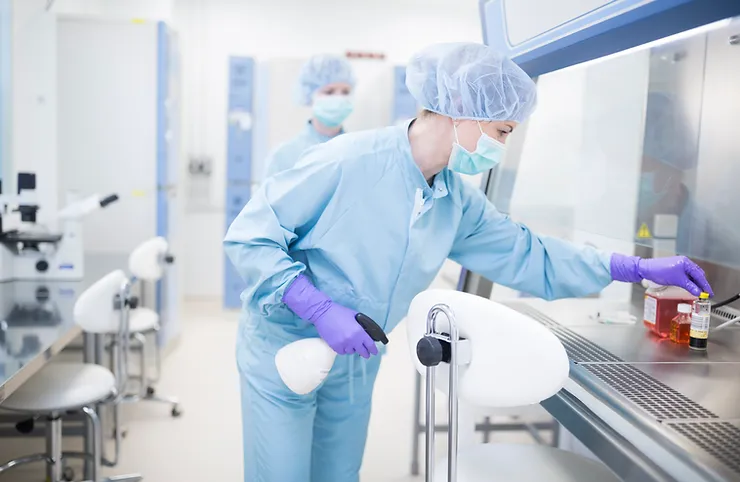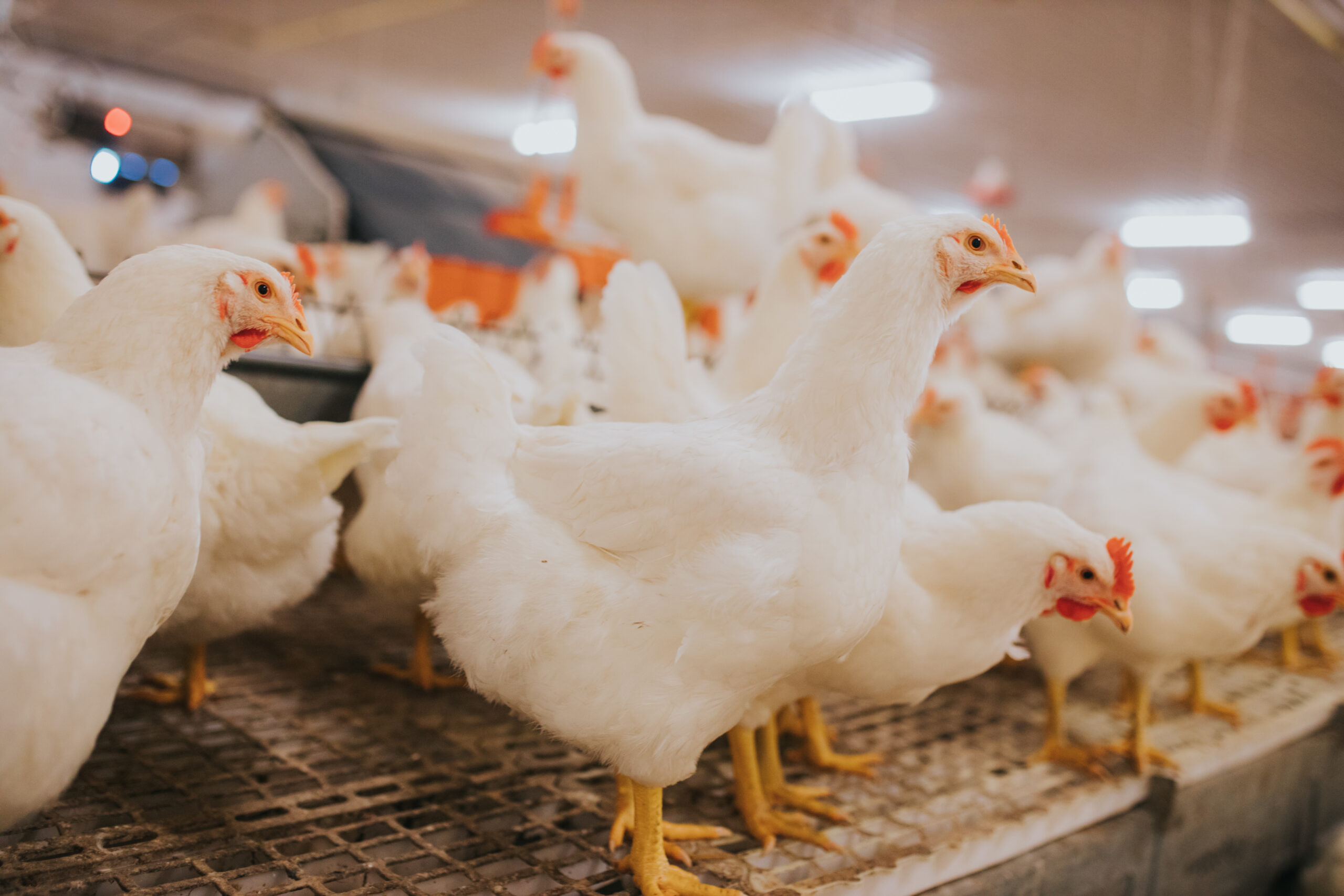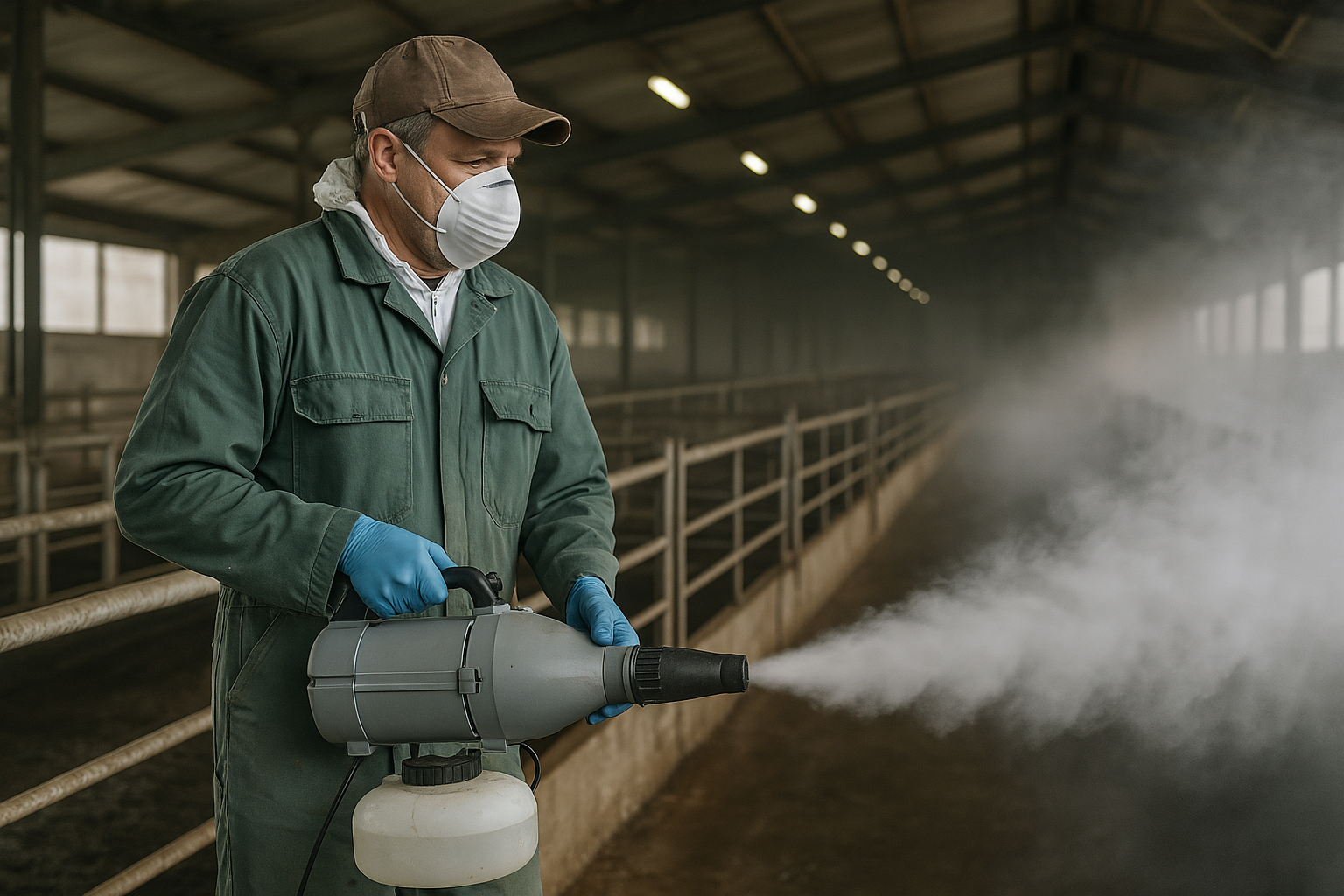In recent times, the world has witnessed a concerning rise in antimicrobial resistance (AMR), a phenomenon that poses a significant threat to human health. A recent study conducted by the University of Plymouth shed light on the efficacy of bleach in clinical settings against notorious superbugs like C.diff. Victor Adendorff, the managing director of Scientific Sanitation Solutions (SSS), has responded to these findings with a clarion call for more effective sanitation solutions in healthcare settings.
Acknowledging the gravity of the situation, Adendorff emphasised that combating AMR is a vital endeavor, and it is heartening to see steps being taken in that direction. However, he cautions that merely acknowledging the issue is just the first step on a long and challenging journey.
“The health and safety of patients and healthcare professionals in clinical settings, especially those in secondary care where superbugs like C.diff have been a persistent concern, should always remain our top priority,”
Victor Adendorff, Managing director of Scientific Sanitation Solutions (SSS).
For far too long, healthcare facilities have relied on bleach, often chlorine-based, to clean scrubs and surfaces. While bleach is effective against a significant portion of bacteria and viruses, it falls short of providing a comprehensive solution.
Adendorff went on to point out that in order to truly address this critical issue, there needs to be a more robust accreditation and procurement process in place. This process would ensure that only the most effective disinfectants are used in the most critical environments. As Dr. Tina Joshi rightly argues, we must have “disinfectants and guidelines that work in line with bacterial evolution.”
Acknowledging the challenge is only the beginning; what follows is a steep climb towards a safer and healthier future. It is imperative that superbugs like C.diff cannot tolerate the recommended disinfection concentrations, no matter the cost. Failing to do so will only lead to an increase in the threat to human health, with potentially catastrophic consequences for the healthcare system as a whole.
Adendorff stressed that the healthcare sector must now actively seek alternatives to traditional cleaning agents and, crucially, understand their effectiveness after dilution. Dilution can significantly reduce the potency of disinfectants, and this reduction is measured by the log rating, the official measure of potency in disinfectants.
One solution that Adendorff highlighted is SANI-99™️, a LOG 7 Medical Grade disinfectant. This rating means that SANI-99™️ effectively kills 99.99995% of germs and harmful bacteria. This level of efficacy is a game-changer in the battle against superbugs, providing healthcare facilities with a powerful tool to maintain a safe and sterile environment.
For more information on the Plymouth Study please click here.



